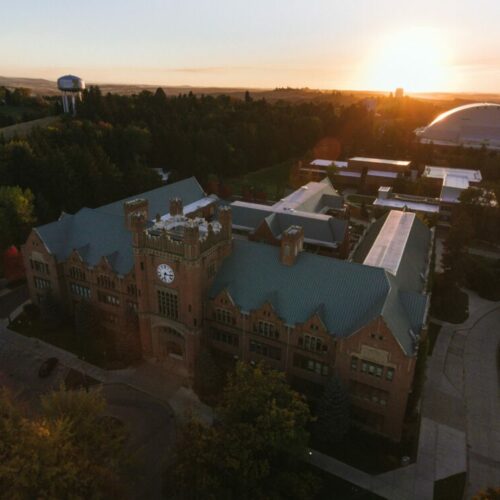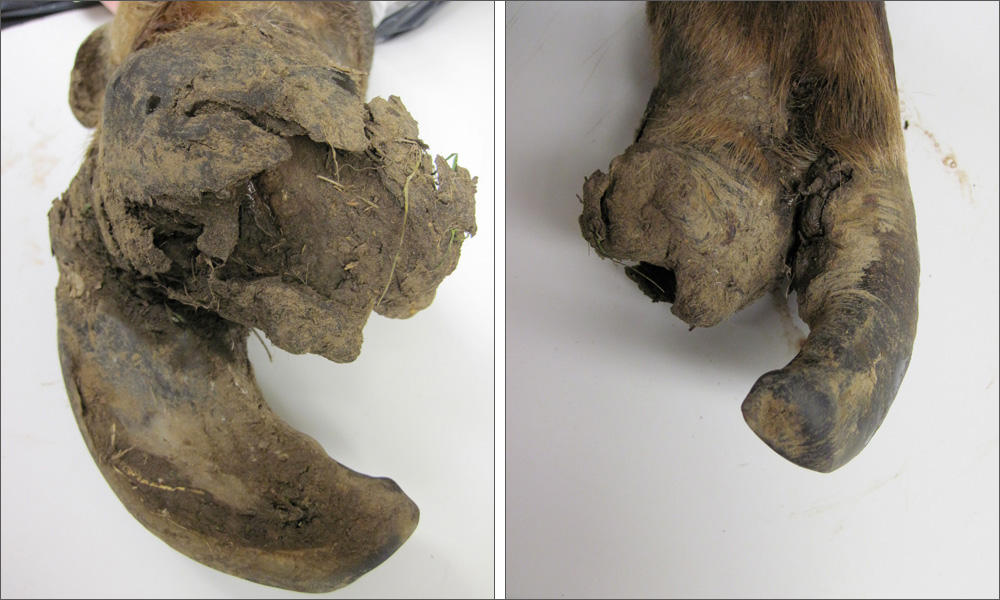
Washington To Euthanize Elk To Stop Eastward Spread of Hoof Disease
Listen
A disease that affects wild elk populations has been spreading in Western Washington for a decade. Now, wildlife managers say they have found evidence of elk hoof disease east of the Cascades.
The disease, a bacterial infection that causes hoof deformities, was discovered after someone sent a deformed hoof from an elk to the Washington Department of Fish and Wildlife in early April. That elk was killed in a vehicle collision near Trout Lake in Klickitat County.
Two weeks later, wildlife officials searched the area and “observed at least seven elk walking with a pronounced limp,” according to a statement. Lab tests confirmed the disease for the first time on the east side of the Cascades.
In May, wildlife officials plan to euthanize up to 20 elk in order to keep the disease from spreading further.
According to WDFW, the disease only affects elk hooves, and not meat or organs. The disease is not transferable to humans. However, “once it becomes established in an elk population, it is extremely difficult to manage.”
A similar disease also affects livestock and it is treated with antibiotics and foot baths—actions that can’t be taken with wildlife.
Elk hoof disease was first reported in Oregon in 2014.
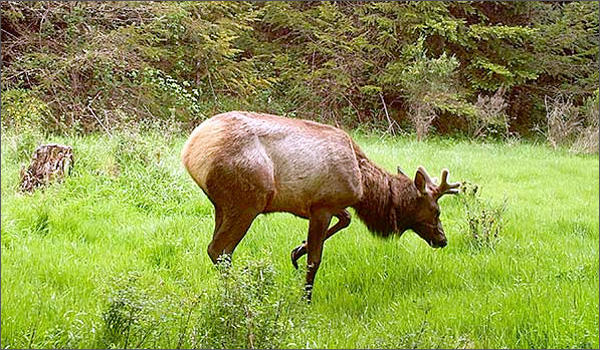
File photo of an elk with an abnormal hoof seen on a trail camera in northwest Oregon in 2015. CREDIT: MIKE JACKSON
Copyright 2018 Northwest News Network
Related Stories:
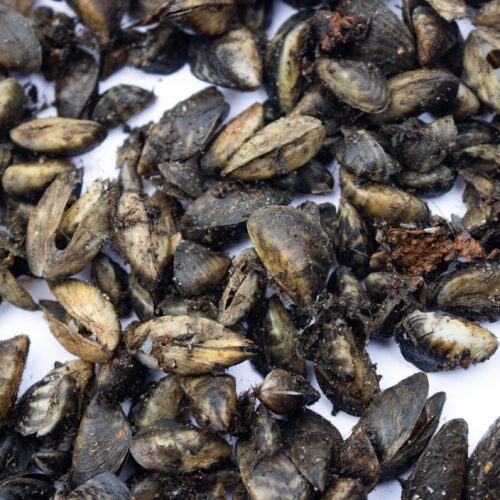
Inspectors find 21 gallons of invasive mussels on tugboat outside of Spokane
A close-up of the thumbnail-sized invasive quagga and zebra mussels found on a tugboat in January. (Credit: Washington Department of Fish and Wildlife) Read It was a close call along
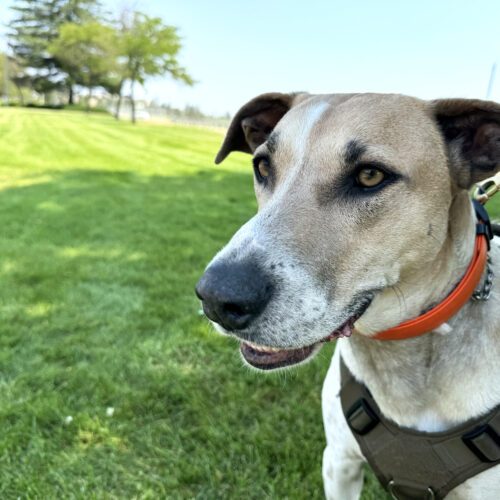
Sniffing out invasive mussels to protect Washington’s waters
Fin is about 4 years old and is a Catahoula leopard dog, blue lacy and Australian kelpie mix. He can inspect up to 140 boats per day. (Credit: Courtney Flatt
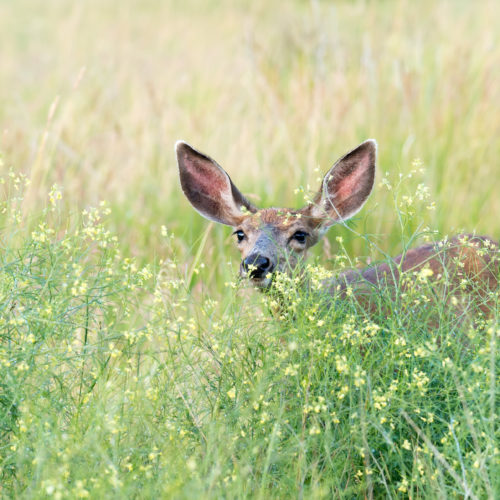
Fatal deer disease found in Washington for the first time
Mule deer in tall grasses and forbs, Iwetemlaykin Heritage Site, Wallowa Valley, Oregon. (Credit: Leon Werdinger / Alamy Stock Photo) watch Listen (Runtime 0:59) Read A fatal disease for deer







